Food Dyes in Common Beverages
Food dyes are used in soft drinking to simulate natural colors of fruits or vegetables and to make products more appealing to consumers. In this experiment, you will look at three common food dyes approved by the Food and Drug Administration: FD&C Blue No.1, FD&C Yellow No.5, and FD&C Red No.40. You will analyze a common soft drink to determine the food dyes used to give the drink its color.
To observe the absorbance spectrum of the soft drink to see what colors (wavelengths) if visible light are absorbed by the dyes in the drink, you will use spectroscopy. The spectrometer passes a light beam containing all visible colors of light through the sample of the drink. As the light passes through the sample, some of the colors are absorbed and other colors pass through. The spectrometer measures the amount of each color of light that is visible and provides a signal that is graphed in the software (Logger Pro).
Using column chromatography, you will separate the dyes from the sample of the drink. Column chromatography separates food dyes with a material to which food dyes are partially attracted. Some dyes are more attracted to the material than others. The dyes can be moved through the column by various solvents. Some dyes will move more readily and others will require higher concentration of a particular solvent to move through the column.
From the data you will collect, you will be able to view how the dyes contribute to the overall spectrum of the drink. Additionally, you will be able to determine which commercial food dyes were used to make the beverage.
Find a PDF copy of the lab procedure and report below!
